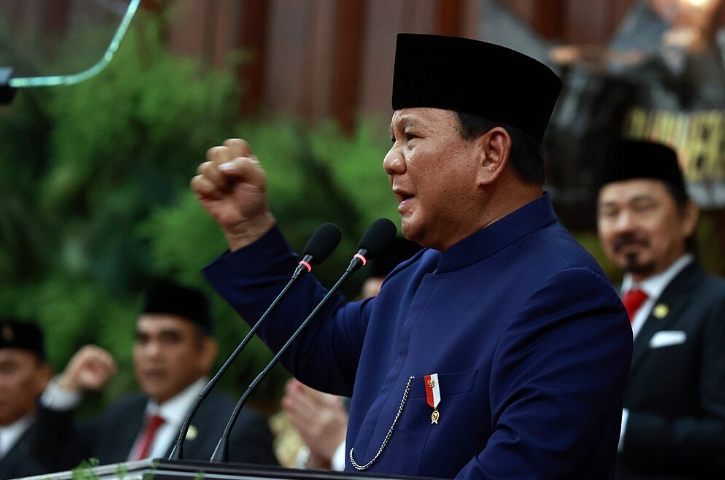
President of Indonesia Prabowo Subianto
The new geothermal projects include the Patuha Geothermal Power Plant Unit 2 in Bandung Regency, West Java, with a 55 MW capacity and a target commercial operation date (COD) of 2029. In Sukabumi Regency, West Java, the Salak Geothermal Power Plant Unit 7 will add 40 MW by December 2026. The Wayang Windu Geothermal Power Plant Unit 3, also in Bandung Regency, is planned for 30 MW with a COD of December 2026. In South Solok Regency, West Sumatra, the Muaralaboh Geothermal Power Plant Unit 2 will contribute 80 MW by April 2027. Lastly, the Ulubelu Geothermal Power Plant in Tanggamus Regency, Lampung, aims for 55 MW by December 2029.
During the event, President Subianto also announced the operational start of several geothermal facilities. The Blawan Ijen Unit 1 geothermal power plant began operations in February 2025, with plans to expand its capacity to 110 MW in the future. The Sorik Marapi Unit 5 geothermal power plant, also operational since February 2025, has increased the Sorik Marapi field’s total capacity to 200 megawatts electrical (MWe). Additionally, the Salak binary geothermal power plant commenced operations in February 2025.
Indonesia’s geothermal development primarily focuses on expanding existing fields, highlighting the significant potential of these sites. For example, the Lumut Balai Unit 2 geothermal power plant is expected to begin commercial operations soon. Star Energy has secured funding to support further development at the Salak and Darajat geothermal fields, reinforcing efforts to boost capacity.
“These initiatives reflect Indonesia’s commitment to harnessing renewable energy for sustainable growth,” a spokesperson for Star Energy noted during the ceremony. The expansion of geothermal and solar facilities aligns with the country’s goal to diversify its energy mix and meet rising demand with environmentally friendly sources.
By prioritizing the development of existing geothermal fields and integrating solar projects, Indonesia is strengthening its renewable energy infrastructure. These efforts are expected to contribute significantly to the nation’s energy needs while supporting long-term environmental goals across multiple provinces.